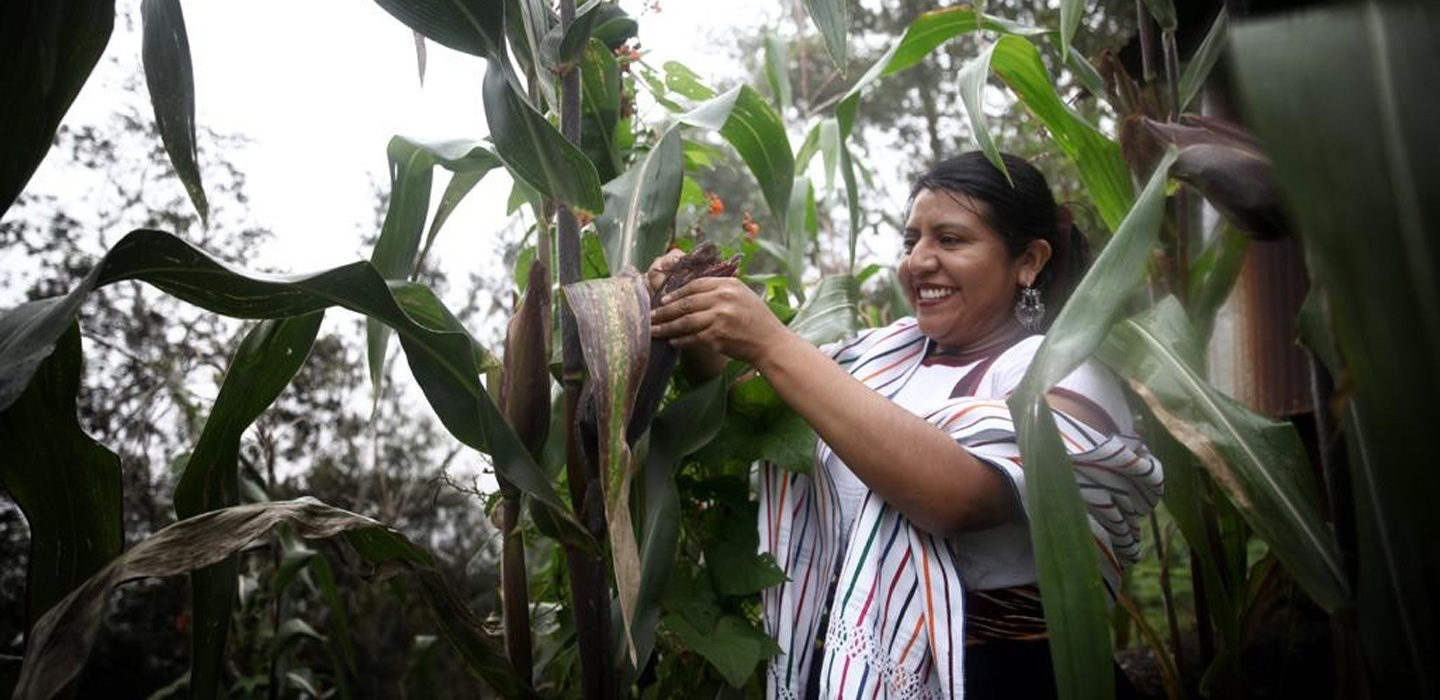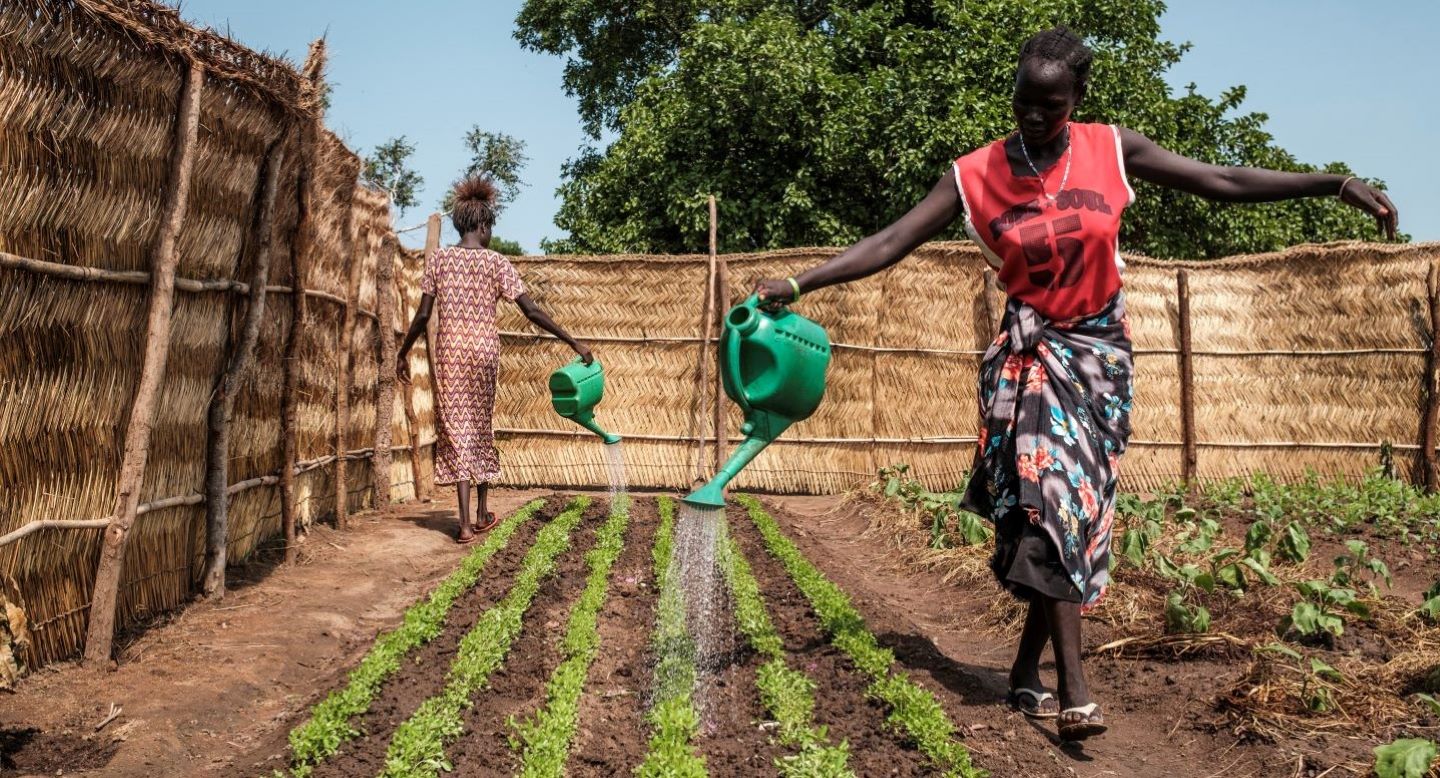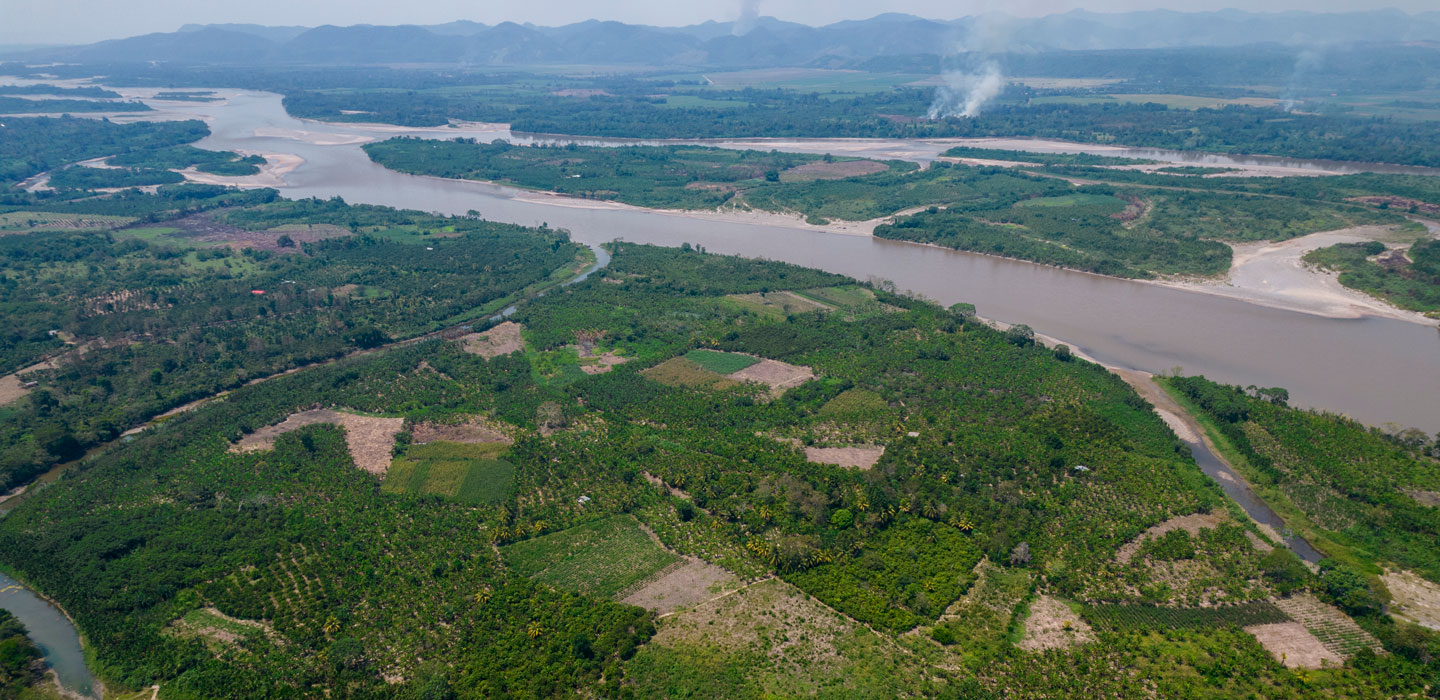Latest
Latest

Latest
Manual Submenu Topics
Search Results Filters
Search Results
The three types of biodiversity: explained
Genetic, species, ecosystem: learn about the three main types of biodiversity and explore the role each plays in making agriculture productive, nutritious and resilient.
Agriculture’s Indigenous trailblazers – Episode 57
On this episode, Indigenous leaders from Nepal, Mexico and Kenya weigh in on what it means to protect the planet while preserving their cultures, and fighting for the right to land, nutrition and education.
Sophie Grigson on how diversifying crops in Malawi cultivates sustainability and resilience
IFAD Recipes for Change chef Sophie Grigson travelled to Malawi to meet local small-scale farmers who are fighting back against climate change by diversifying their crops.
Recipes for Change: Nsima with chicken casserole and khobwe balls
Learn how to make a delicious and sustainable Malawian meal with these recipes collected from rural communities by Chef Sophie Grigson.
A guide to the pulses that power our planet
Pulses are at the heart of thriving rural communities, and an essential ingredient for a sustainable future. Learn about some of these superfoods – and how to cook them with our Recipes for Change!
Navigating marine biodiversity for a better tomorrow – Episode 52
Marine biodiversity is a precious resource – but it has long been under threat. Today's coral reefs, for example, cover half the area they did in 1950, and nearly 10 per cent of marine life is at risk of extinction.
More food with every drop
Water is key to food and agriculture, but with many parts of the world increasingly affected by water scarcity, it’s critical that we use it wisely. Luckily, small-scale farmers are up to the challenge.
Why the Sustainable Development Goals matter: your questions answered
As countries meet to evaluate how much progress has been made towards the Sustainable Development Goals, find out more about these 17 objectives and why they’re important for the rural communities we work with.
El fondo de desarrollo agrícola de la ONU dará apoyo técnico y financiero para conservar los ecosistemas silvestres de la Amazonía peruana
El Gobierno del Perú ha anunciado esta semana la puesta en marcha de un proyecto para conservar los ecosistemas silvestres de la Amazonía, mediante la puesta en valor de la biodiversidad para la seguridad alimentaria y los bionegocios. Esta nueva iniciativa contará con el apoyo técnico y financiero del FIDA, junto con la FAO y la Organización de las Naciones Unidas para el Desarrollo Industrial (ONUDI).








